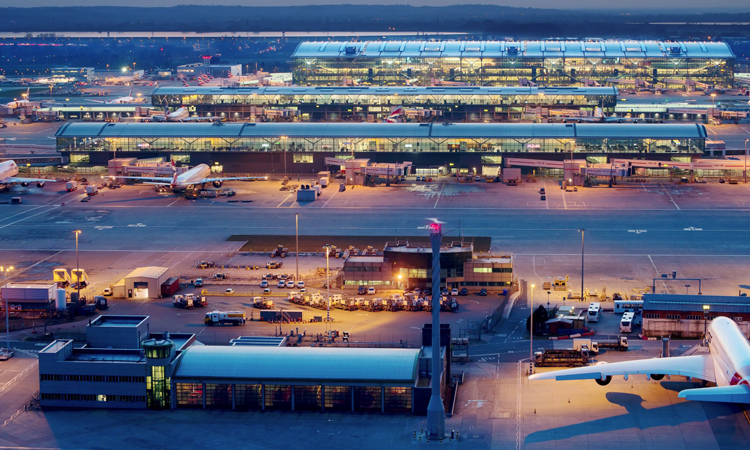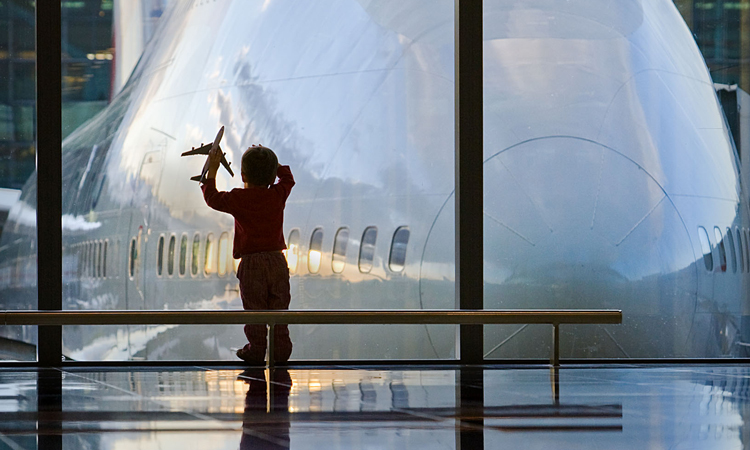Embracing innovation and new ways of working in airport security
23 March 2022
Shares
For International Airport Review, Jonathan Coen, Security Director at London Heathrow Airport, talks about the future airport security experience the way he sees it.


Aviation security is constantly changing, and airports must remain agile in response by continually assessing the threat landscape and exploring innovative, yet cost-effective solutions, to mitigate wide ranging threats. Passengers rightly expect the highest levels of security, but they should also expect the highest levels of service with streamlined processes that are easy to navigate and minimise disruption as far as possible. This can be a difficult balancing act, made even more challenging with the impact of COVID-19 and greater sensitivity around cleanliness and touch-free technologies and process.
Equally as important, our security colleagues also have concerns around their safety in a post- COVID-19 world. As a responsible employer, we need to ensure they too feel protected to operate at their best. Health screening and testing capabilities; suitable PPE adapted for airport environments; enhanced cleaning technologies; and physical screens where appropriate, will be increasingly important in future security design.
Heathrow is a founding member of ACI’s Smart Security Group, a programme rethinking airport security screening with the passenger experience in mind. The Smart Security programme focuses on current challenges in aviation security and provides a collaborative forum to discuss the future aviation landscape and security challenges. Led by security experts from airports, airlines, and security regulators, the programme focuses specifically on strengthening security outcomes by driving security innovation for passenger and baggage screening, while providing a seamless passenger journey, increased efficiency, and reduced operational costs. It is one of the few international forums that brings several industry and regulators together to share ideas and innovate for the benefit of all airports, large or small. Smart Security’s Vision 2040 sets the foundation for achieving a seamless airport security screening experience in a post-COVID-19 operational reality.
One size fits all
It is widely recognised that today’s passenger and cabin baggage screening is a ‘one size fits all’ approach, with multiple security measures layered as a response to the latest security threat. With many airports nearing capacity pre-COVID-19 pandemic, and actively positioning to return to (or exceed) 2019 passenger numbers as the industry recovers, it is more important than ever that aviation security is considered front and centre in future design and development.
Heathrow is embarking on an exciting new phase in our design of the security checkpoint with the introduction of Computed Tomography (CT) X-ray technology and advanced security scanners across our terminals. To ensure we can realise the true potential of these new capabilities, we have been working with industry and government partners around the world to develop Open Architecture principles and specifications.
Open Architecture relates to the separation of hardware and software as it applies to security equipment. Current airport security screening assets tend to be a closed ecosystem with proprietary hardware, software, and file formats. These systems lack standardisation, interoperability with other equipment, limit future innovation and reduce operational efficiencies. By implementing a standard interface, we can revolutionise our screening methodologies and adapt to emerging threats more rapidly by attracting new players into the aviation security sector, inspiring innovation, and encouraging new ways of thinking about how to detect threats. Combined, all of this will deliver great passenger service and improved efficiency and resilience.
One area in which Heathrow is driving forward security innovation through Open Architecture principles, is in the development of advanced new algorithms to detect a wide range of threats and prohibited items. These algorithms, incorporating artificial intelligence and machine learning, can be developed by multiple vendors, and deployed simultaneously on security screening equipment. As these systems mature, they have the potential to safely automate aspects of the screening process, allowing deployment of highly skilled human resources to areas of greater need.


The priority is people
Technology and innovation have an important role to play in the future airport experience, but it is people that will be critical to the recovery of our industry and the successful application of future technologies. Advanced threat detection equipment, utilising constantly improving algorithms and automated screening will reduce the human burden in some areas. However, resolution of anomalies will always require human intervention. New skills and capabilities will be required to operate and interpret new screening technologies, providing exciting opportunities and career progression for the next generation of security professional.
Automation of more traditional areas of the security checkpoint also enables us to develop new security roles across the whole passenger journey, from set down in the car park to take-off on the aircraft. At Heathrow, we have invested heavily in a bespoke behavioural detection programme and Security Protection Officer capability to provide enhanced protective security measures either side of the security checkpoint and see this as an area of growth.
Adaptable and cost-effective security systems will be increasingly important in a post-COVID-19, capital constrained world. Smart security is recognition of the fact that operational efficiency, customer service, and improved security outcomes do not have to be alternative choices if we can embrace innovation and new ways of thinking.















